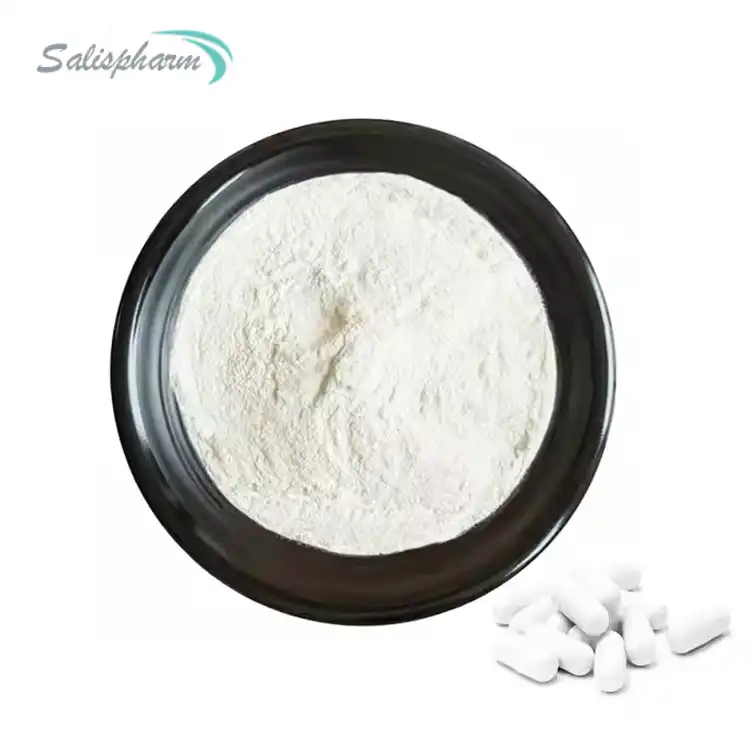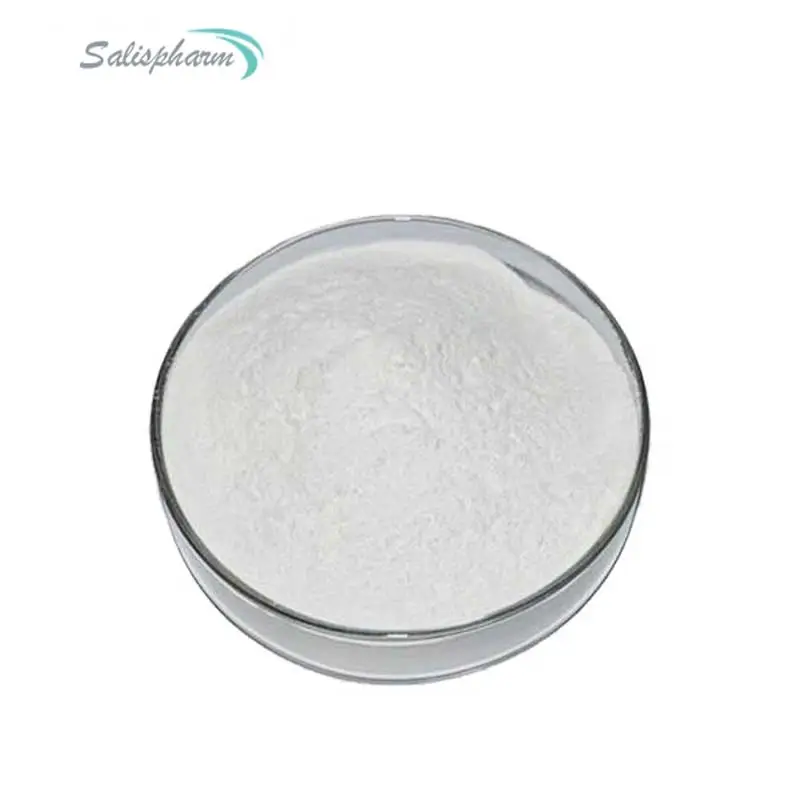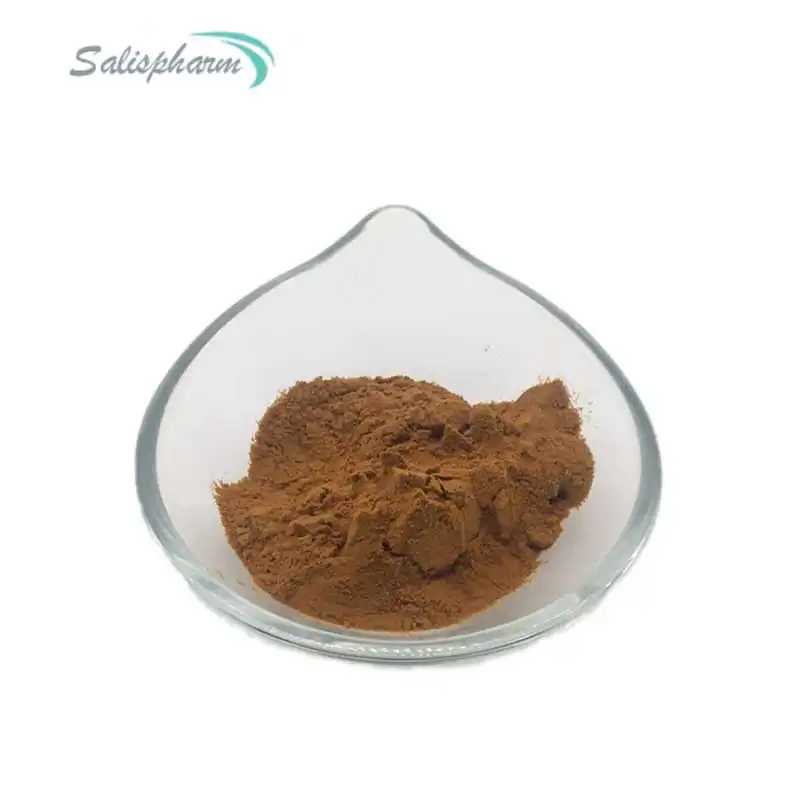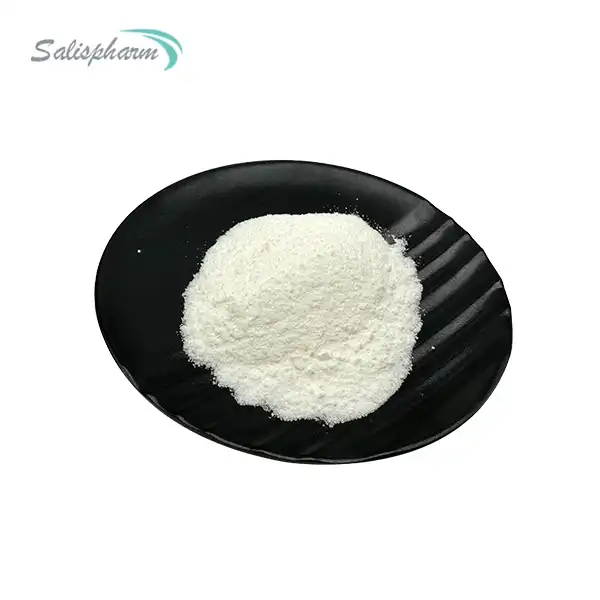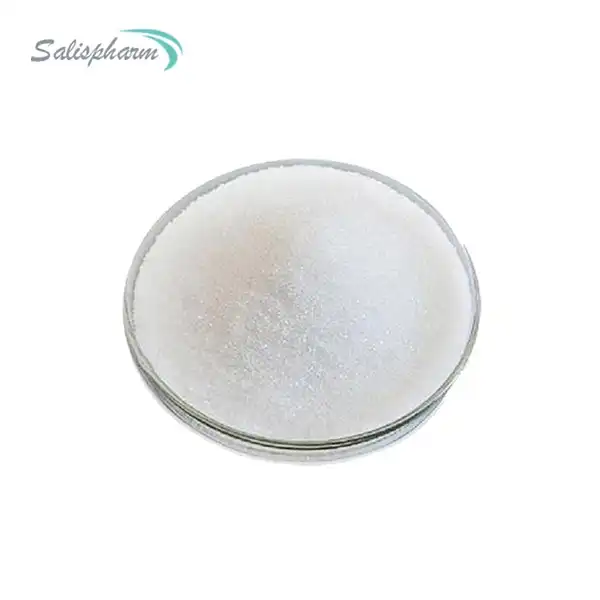Spironolactone, a mineralocorticoid receptor antagonist, has been a cornerstone in the treatment of various conditions, including heart failure, hypertension, and edema. Its versatility and efficacy have made it a popular choice among medical professionals since its introduction in the 1950s. However, the question of the appropriate dosage is one that requires careful consideration and a nuanced understanding of the drug's pharmacokinetics and pharmacodynamics. This comprehensive guide aims to explore the recommended dosage of spironolactone powder, its diverse uses, and how it fits into modern medical practice across various conditions and patient populations.
Is Spironolactone Powder Suitable for All Patients?
Before delving into the specifics of dosage, it's crucial to understand which patients can benefit from spironolactone powder and which should avoid it. Not all patients are suitable candidates for this treatment, and it's essential to consider individual health profiles, comorbidities, and potential drug interactions.
Spironolactone is particularly beneficial for patients with:
1. Heart failure: It has shown significant mortality benefits in patients with severe heart failure (New York Heart Association Class III-IV).
2. Hypertension: Especially useful in resistant hypertension and primary aldosteronism.
3. Edema: Caused by conditions such as cirrhosis, nephrotic syndrome, or congestive heart failure.
4. Hirsutism and acne vulgaris: Used off-label for its anti-androgenic properties.
5. Primary hyperaldosteronism: Both as a diagnostic tool and treatment.
However, spironolactone is contraindicated in several conditions:
1. Hyperkalemia: Due to its potassium-sparing effects, it can exacerbate existing hyperkalemia.
2. Severe renal impairment: The risk of hyperkalemia increases significantly in patients with compromised renal function.
3. Addison's disease: Can worsen electrolyte imbalances.
4. Anuria: Patients with no urine output should avoid spironolactone.
5. Acute renal insufficiency: Can further compromise renal function.
Additionally, caution is advised in patients with liver disease, pregnancy (especially first trimester), and those taking medications that can interact with spironolactone, such as ACE inhibitors, ARBs, or other potassium-sparing diuretics.
How is Spironolactone Powder Dosage Determined?
The dosage of spironolactone powder is determined by several factors, making it a complex decision that requires careful consideration by healthcare providers. The primary factors influencing dosage determination include:
1. Specific medical condition being treated
2. Patient's overall health status
3. Renal function
4. Liver function
5. Age of the patient
6. Concomitant medications
7. Serum electrolyte levels, particularly potassium
For heart failure, the landmark RALES trial established the efficacy of spironolactone at a dose of 25 mg per day, which can be adjusted based on the patient's response and tolerance. This relatively low dose was found to provide significant mortality benefits while minimizing the risk of serious adverse effects.
In cases of hypertension, the dose may start lower, typically at 12.5 to 25 mg daily, and be titrated upwards to a maximum of 100 mg daily, depending on blood pressure response and tolerability. The addition of spironolactone to existing antihypertensive regimens has shown particular efficacy in resistant hypertension, often at doses of 25-50 mg daily.
For edema due to cirrhosis or nephrotic syndrome, the initial dose may be higher, ranging from 100 to 400 mg daily, often divided into multiple doses. However, these higher doses require very close monitoring of renal function and electrolyte balance.
In all cases, it's paramount to monitor serum potassium levels and renal function when spironolactone is initiated or when the dose is adjusted. The frequency of monitoring may be higher in the initial phases of treatment or in high-risk patients.
What are the Common Dosage Regimens for Spironolactone Powder?
Spironolactone powder's versatility allows for various dosage regimens tailored to specific conditions and patient needs. Here are some common dosage regimens based on different indications:
1. Heart Failure:
- Initial dose: 12.5 to 25 mg once daily
- Maintenance dose: 25 to 50 mg once daily
- Maximum dose: 50 mg daily
2. Hypertension:
- Initial dose: 12.5 to 25 mg once daily
- Maintenance dose: 25 to 100 mg daily, in single or divided doses
- Maximum dose: 100 mg daily
3. Primary Hyperaldosteronism:
- Diagnostic use: 400 mg daily for 4 days
- Long-term treatment: 100 to 400 mg daily
4. Edema associated with heart failure:
- Initial dose: 25 to 200 mg daily
- Maintenance dose: Adjust based on response, typically 25 to 200 mg daily
5. Edema associated with cirrhosis:
- Initial dose: 100 mg daily
- Maintenance dose: 100 to 400 mg daily
- Maximum dose: 400 mg daily
6. Hirsutism (off-label use):
- Initial dose: 50 to 100 mg daily
- Maintenance dose: 100 to 200 mg daily
7. Acne vulgaris (off-label use):
- Initial dose: 25 to 50 mg daily
- Maintenance dose: 50 to 100 mg daily
It's important to note that these dosage regimens are general guidelines and may need to be adjusted based on individual patient factors and response to treatment. The dosage should always be individualized under the guidance of a healthcare professional.
Can Spironolactone Powder be Adjusted for Special Populations?
Spironolactone dosage often requires adjustment for special populations to ensure safety and efficacy. These populations include:
1. Elderly Patients:
Older adults may be more sensitive to the effects of Spironolactone Powder and are at higher risk of developing hyperkalemia. For this population:
- Starting dose is often lower, typically 12.5 to 25 mg daily
- Dose increases should be more gradual
- More frequent monitoring of renal function and electrolytes is recommended
2. Patients with Renal Impairment:
As spironolactone and its metabolites are primarily excreted by the kidneys, patients with renal impairment require special consideration:
- Lower starting doses are recommended
- Dose adjustments should be based on creatinine clearance
- More frequent monitoring of potassium levels and renal function is crucial
- In severe renal impairment (creatinine clearance < 30 mL/min), spironolactone use is generally avoided
3. Patients with Hepatic Impairment:
Spironolactone undergoes extensive hepatic metabolism, so patients with liver disease may require dose adjustment:
- Lower doses may be necessary due to altered drug metabolism
- Close monitoring for signs of hepatic encephalopathy in cirrhotic patients
4. Pediatric Patients:
While less commonly used in children, spironolactone can be prescribed for certain conditions:
- Dosing is typically based on body weight, ranging from 1 to 3 mg/kg/day
- Maximum daily dose usually does not exceed 100 mg in children
- Close monitoring is essential due to limited data in this population
5. Pregnant and Breastfeeding Women:
Spironolactone is generally avoided during pregnancy, especially in the first trimester, due to potential feminization of male fetuses:
- If deemed necessary, the lowest effective dose should be used
- In breastfeeding, small amounts of the drug can pass into breast milk, so caution is advised [28]
6. Patients with Hyperkalemia Risk:
For patients at higher risk of hyperkalemia (e.g., those on ACE inhibitors, ARBs, or with diabetes):
- Lower starting doses are recommended
- More frequent monitoring of potassium levels is crucial
- Concomitant use of potassium supplements is generally avoided
Conclusion
The recommended dosage of spironolactone powder is highly individualized and depends on a multitude of factors including the patient's specific medical condition, overall health status, age, renal and hepatic function, and concomitant medications. While general dosage guidelines exist for various conditions, it's essential to tailor the treatment to each patient's unique needs and response.
The versatility of spironolactone in treating a range of conditions from heart failure to hirsutism underscores its importance in modern medicine. However, this versatility also necessitates a careful approach to dosing and monitoring. The potential for significant electrolyte disturbances, particularly hyperkalemia, means that regular monitoring of serum potassium and renal function is crucial, especially when initiating therapy or adjusting doses.
For special populations, including the elderly, those with renal or hepatic impairment, and pediatric patients, extra caution and often lower doses are required. The balance between achieving therapeutic efficacy and minimizing adverse effects is particularly delicate in these groups.
As our understanding of spironolactone's mechanisms and effects continues to evolve, so too may our approach to dosing. Ongoing research into personalized medicine and pharmacogenomics may lead to even more refined dosing strategies in the future, potentially allowing for more precise tailoring of spironolactone therapy to individual patient characteristics.
In all cases, the decision to use Spironolactone Powder and the determination of its appropriate dosage should be made in close consultation between healthcare providers and patients. Regular follow-up and monitoring are essential components of safe and effective spironolactone therapy. By carefully considering all relevant factors and closely monitoring patient response, healthcare providers can harness the full potential of this versatile medication while minimizing risks.
If you are also interested in this product and want to know more product details, or want to know about other related products, please feel free to contact iceyqiang@aliyun.com.
References
1. Pitt B, et al. The effect of spironolactone on morbidity and mortality in patients with severe heart failure. N Engl J Med. 1999;341(10):709-717.
2. Carey RM, et al. Resistant Hypertension: Detection, Evaluation, and Management: A Scientific Statement From the American Heart Association. Hypertension. 2018;72(5):e53-e90.
3. Bernardi M, et al. Use of diuretics in hepatic cirrhosis. J Hepatol. 1994;21(5):966-973.
4. Layton AM, et al. Oral spironolactone for acne vulgaris in adult females: A hybrid systematic review. Am J Clin Dermatol. 2017;18(2):169-191.
5. Funder JW, et al. The Management of Primary Aldosteronism: Case Detection, Diagnosis, and Treatment: An Endocrine Society Clinical Practice Guideline. J Clin Endocrinol Metab. 2016;101(5):1889-1916.
6. Tamirisa KP, et al. Spironolactone use and risk of incident cancers: a retrospective, matched cohort study. BMC Cancer. 2015;15:471.
7. Khanna A, White WB. The management of hyperkalemia in patients with cardiovascular disease. Am J Med. 2009;122(3):215-221.
8. Arlt W, Allolio B. Adrenal insufficiency. Lancet. 2003;361(9372):1881-1893.
9. Sica DA. Pharmacokinetics and pharmacodynamics of mineralocorticoid blocking agents and their effects on potassium homeostasis. Heart Fail Rev. 2005;10(1):23-29.
10. Palmer BF. Managing hyperkalemia caused by inhibitors of the renin-angiotensin-aldosterone system. N Engl J Med. 2004;351(6):585-592.
11. Juurlink DN, et al. Rates of hyperkalemia after publication of the Randomized Aldactone Evaluation Study. N Engl J Med. 2004;351(6):543-551.
12. Pitt B, et al. The EPHESUS trial: eplerenone in patients with heart failure due to systolic dysfunction complicating acute myocardial infarction. Eplerenone Post-AMI Heart Failure Efficacy and Survival Study. Cardiovasc Drugs Ther. 2001;15(1):79-87.
13. Williams B, et al. 2018 ESC/ESH Guidelines for the management of arterial hypertension. Eur Heart J. 2018;39(33):3021-3104.



